NBA Draft Routines, Rules and Regulations: What you need to know
 With less than a month until the NBA Draft and just three days remaining until players without agents must choose between leaving their name in the draft or returning to school, there's been plenty of speculation about who's staying vs. who's going. But I'm not here to justify why PJ Washington should return to school or to speculate on Wenyen Gabriel's decision between (most likely) the G League and UK. Instead, I'm here to explain the nuances of the process itself because, honestly, it's more complicated than people often realize.
With less than a month until the NBA Draft and just three days remaining until players without agents must choose between leaving their name in the draft or returning to school, there's been plenty of speculation about who's staying vs. who's going. But I'm not here to justify why PJ Washington should return to school or to speculate on Wenyen Gabriel's decision between (most likely) the G League and UK. Instead, I'm here to explain the nuances of the process itself because, honestly, it's more complicated than people often realize.
The Basics
Since 2006, American players become eligible for draft selection one year after their high school graduation, and they must be at least 19 years old by the end of the draft's calendar year. Of course, there are ways to get around this eligibility rule (i.e. Thon Maker in 2016) and the rules are slightly different for international players/American players who have played overseas. A player may now attend the NBA combine prior to the draft and retain his college eligibility, but, to do so, he must withdraw his name from the draft within 10 days of participating in the combine. This stuff is all pretty standard but, as you likely know, its all now up in the air due to the controversy of one-and-done players and the question of whether or not collegiate athletes should be paid.Draft Night
On June 21, players will arrive at the Barclays Center in Brooklyn, New York for arguably one of the biggest nights of their young lives. Since 1989, the draft has consisted of two rounds, which is interesting when you consider the high number of rounds for every other men's professional sport in the United States (the NFL has seven rounds; the MLB has 40). Each round consists of 30 players for a grand total of 60 signees by the end of the night. Each NBA team will have five minutes on the clock during the first round and two minutes during the second to either make their selection or to broker a deal with another team. The Phoenix Suns have the first pick of the night this year. Check out the full draft order here, via CBS Sports.Contracts
Contracts are where things get tricky for players, and it's where hiring an agent can really come into play. The NBA operates under a rookie salary scale, so a player's salary directly correlates with where he was selected during the draft. Here's the difference between the first five picks of the first round versus the last five for the 2017-18 draft. [caption id="attachment_241977" align="aligncenter" width="437"] via cbafaq.com[/caption]
[caption id="attachment_241976" align="aligncenter" width="434"]
via cbafaq.com[/caption]
[caption id="attachment_241976" align="aligncenter" width="434"] via cbafaq.com[/caption]
However, these numbers are far from guaranteed, as teams operate under the NBA's collective bargaining agreement. This states that players can earn anywhere between 80 to 120 percent of the scaled salary assigned to his respective draft number. In other words, a player can earn up to 20 percent more or less than the above salaries. Having a solid agent to negotiate these deals becomes huge for a player's future paycheck, especially for players who will likely be going near the bottom of the list and are therefore more likely to dip below the 100 percent mark.
The second round is where things get dicey. Unlike for the top-30 players, the lower half of the draftees does not have an automatic, set-in-stone salary, and each NBA team has the power to decide how much of a player's contract to guarantee, if at all. And while this can disadvantage second-round picks, it's not always a negative. Think: Tyler Ulis.
In 2016, Ulis slipped to the second round and was drafted to the Suns as No. 34 pick. However, the Suns decided to give Ulis the equivalent of a late first-round pick's contract: a starting annual salary of around $1 million plus two guaranteed years. So, it is possible for an early second-round pick to make as much money - or even more - than a late first-round selection.
Now, I said at the beginning of this article I wouldn't speculate on Washington's decision. But, it is worth noting that the possibility of a first-round salary even as a second-round pick could impact his decision. Especially when it's happened for a Kentucky player before.
via cbafaq.com[/caption]
However, these numbers are far from guaranteed, as teams operate under the NBA's collective bargaining agreement. This states that players can earn anywhere between 80 to 120 percent of the scaled salary assigned to his respective draft number. In other words, a player can earn up to 20 percent more or less than the above salaries. Having a solid agent to negotiate these deals becomes huge for a player's future paycheck, especially for players who will likely be going near the bottom of the list and are therefore more likely to dip below the 100 percent mark.
The second round is where things get dicey. Unlike for the top-30 players, the lower half of the draftees does not have an automatic, set-in-stone salary, and each NBA team has the power to decide how much of a player's contract to guarantee, if at all. And while this can disadvantage second-round picks, it's not always a negative. Think: Tyler Ulis.
In 2016, Ulis slipped to the second round and was drafted to the Suns as No. 34 pick. However, the Suns decided to give Ulis the equivalent of a late first-round pick's contract: a starting annual salary of around $1 million plus two guaranteed years. So, it is possible for an early second-round pick to make as much money - or even more - than a late first-round selection.
Now, I said at the beginning of this article I wouldn't speculate on Washington's decision. But, it is worth noting that the possibility of a first-round salary even as a second-round pick could impact his decision. Especially when it's happened for a Kentucky player before.
This year's NBA Draft will take place on June 21 at 7:00 and can be seen on ESPN.
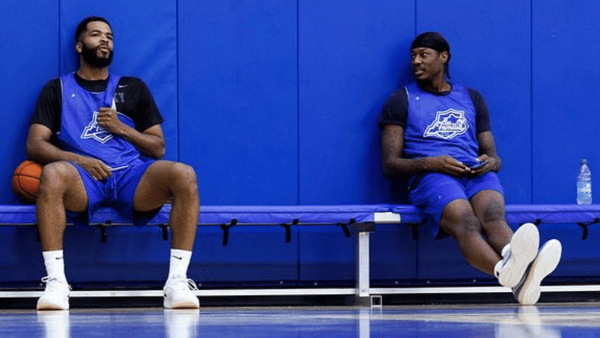
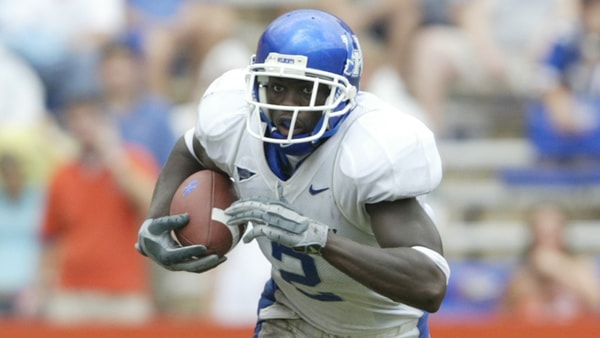
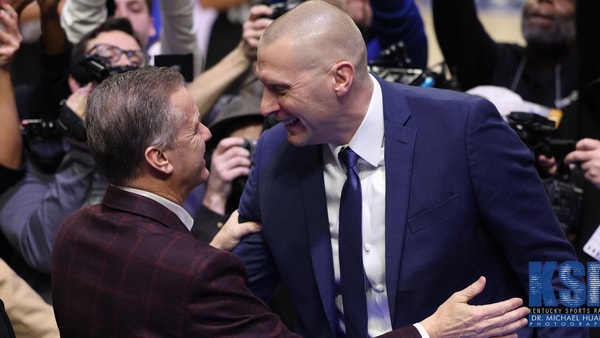
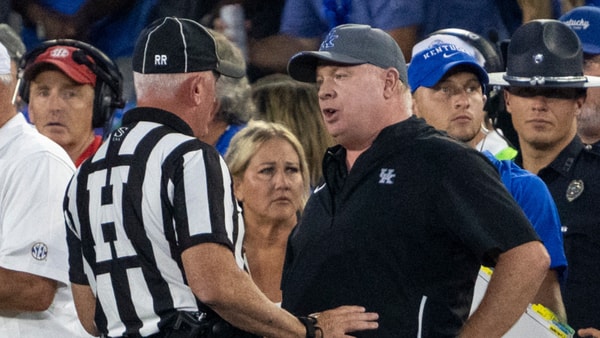
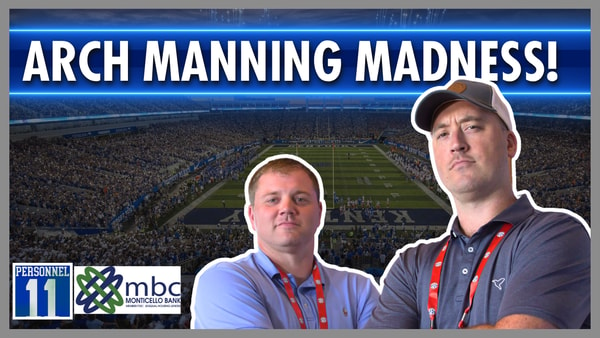

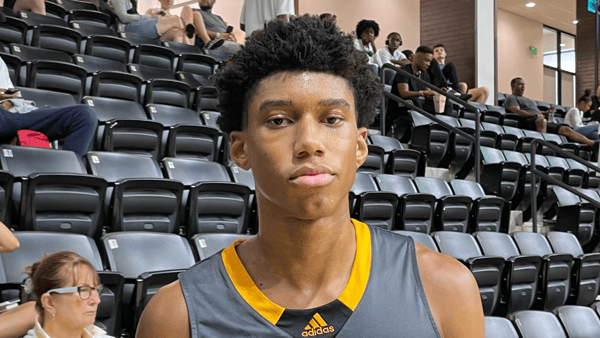
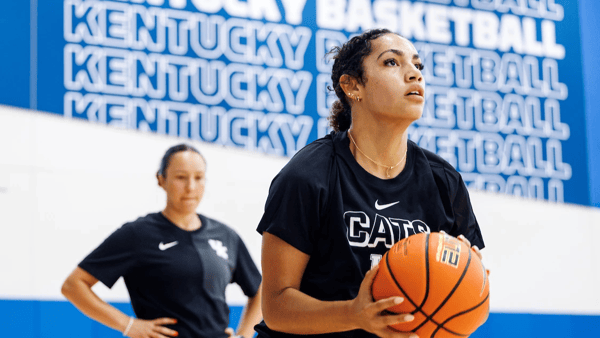
Discuss This Article
Comments have moved.
Join the conversation and talk about this article and all things Kentucky Sports in the new KSR Message Board.
KSBoard